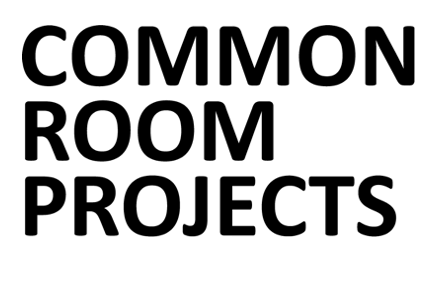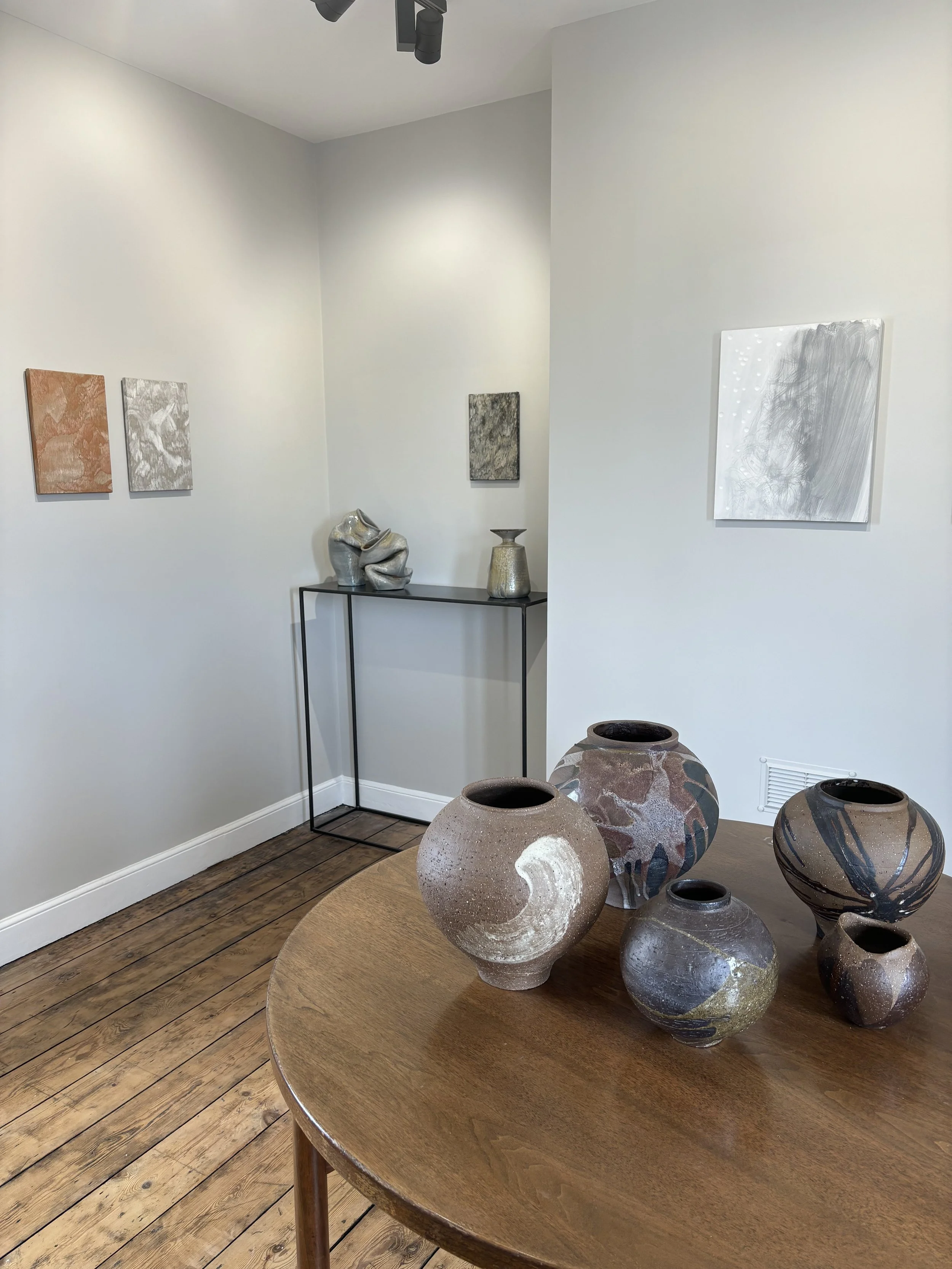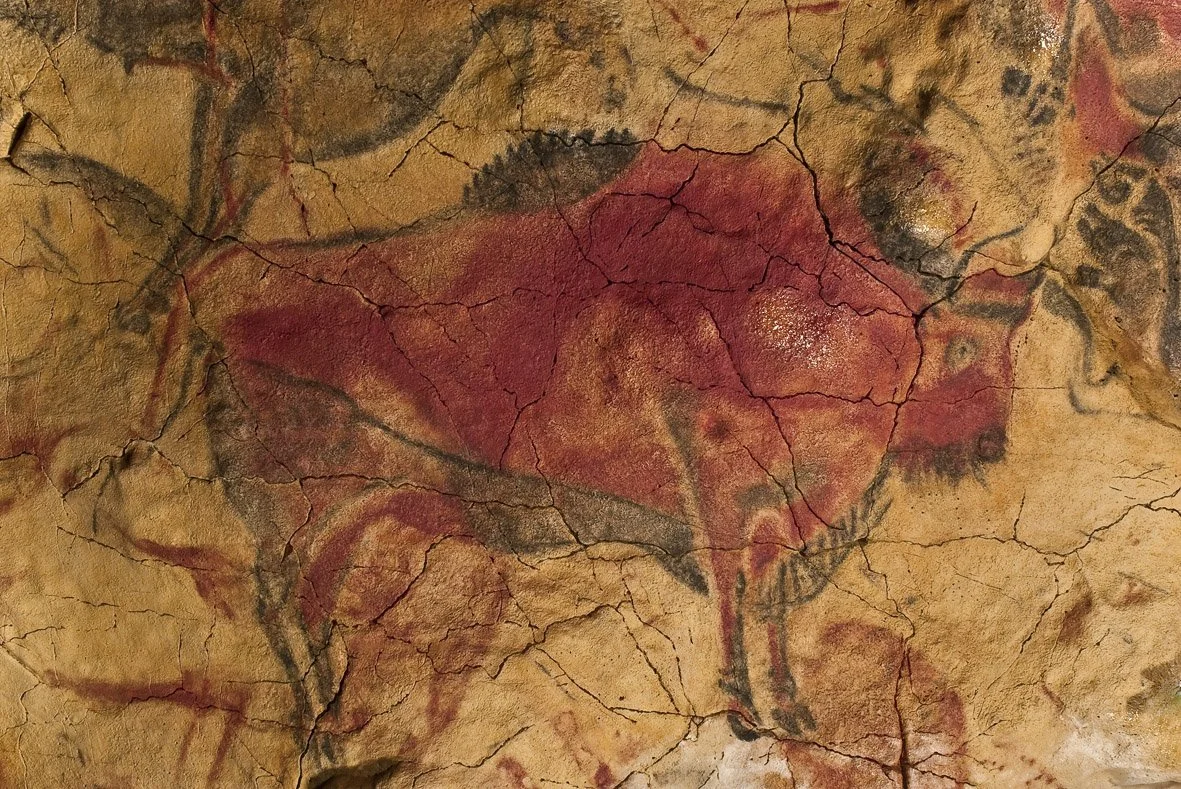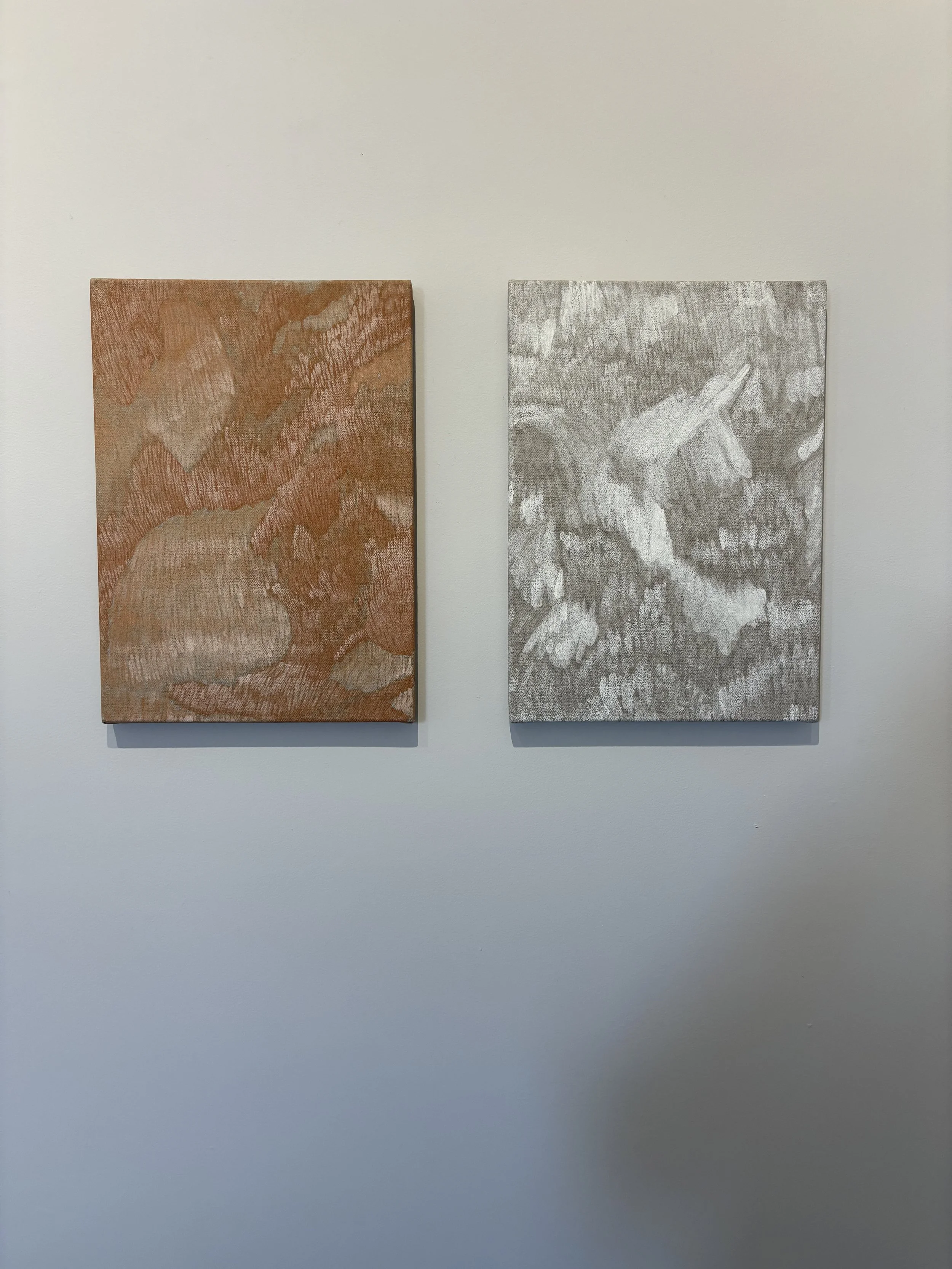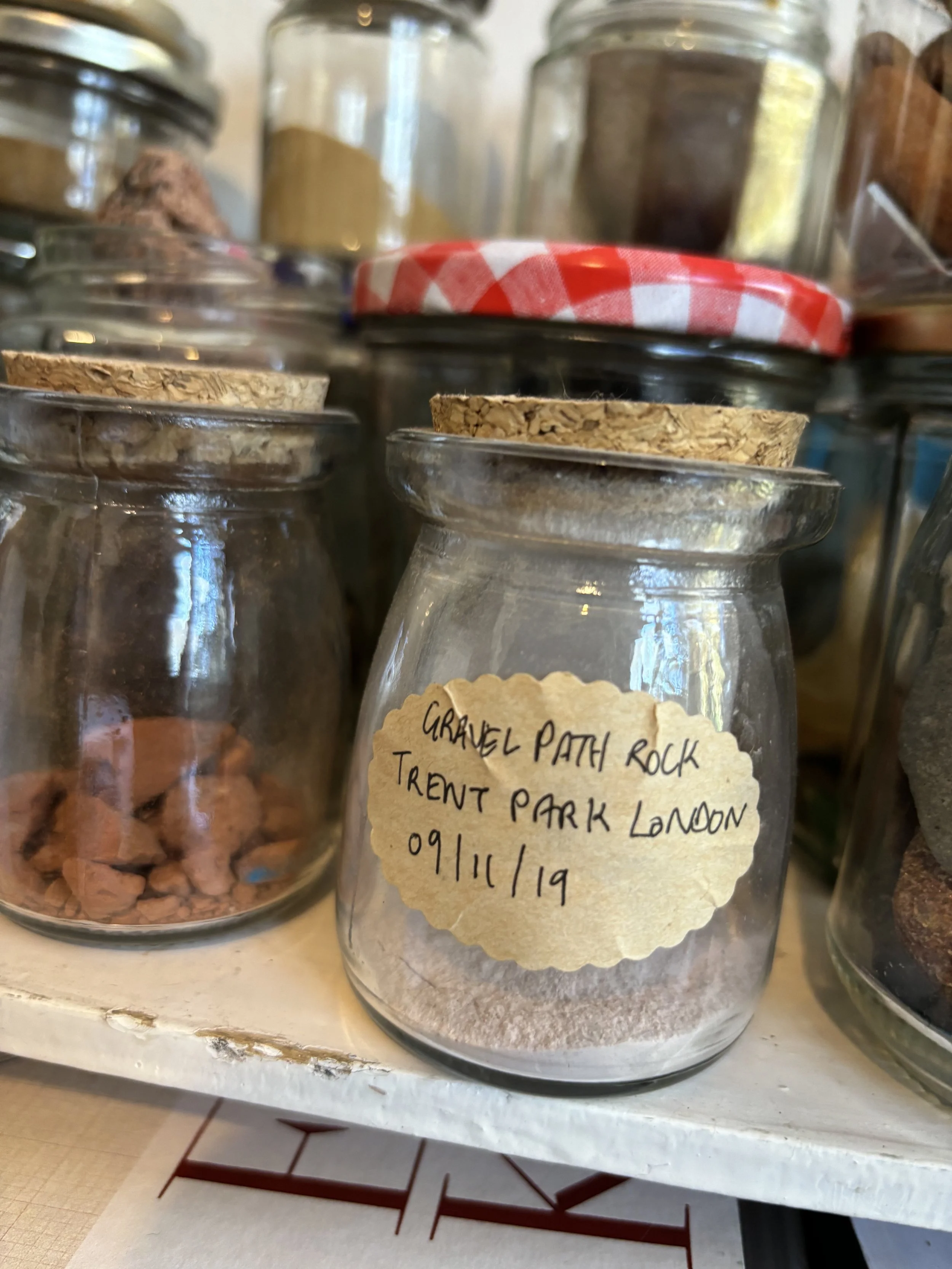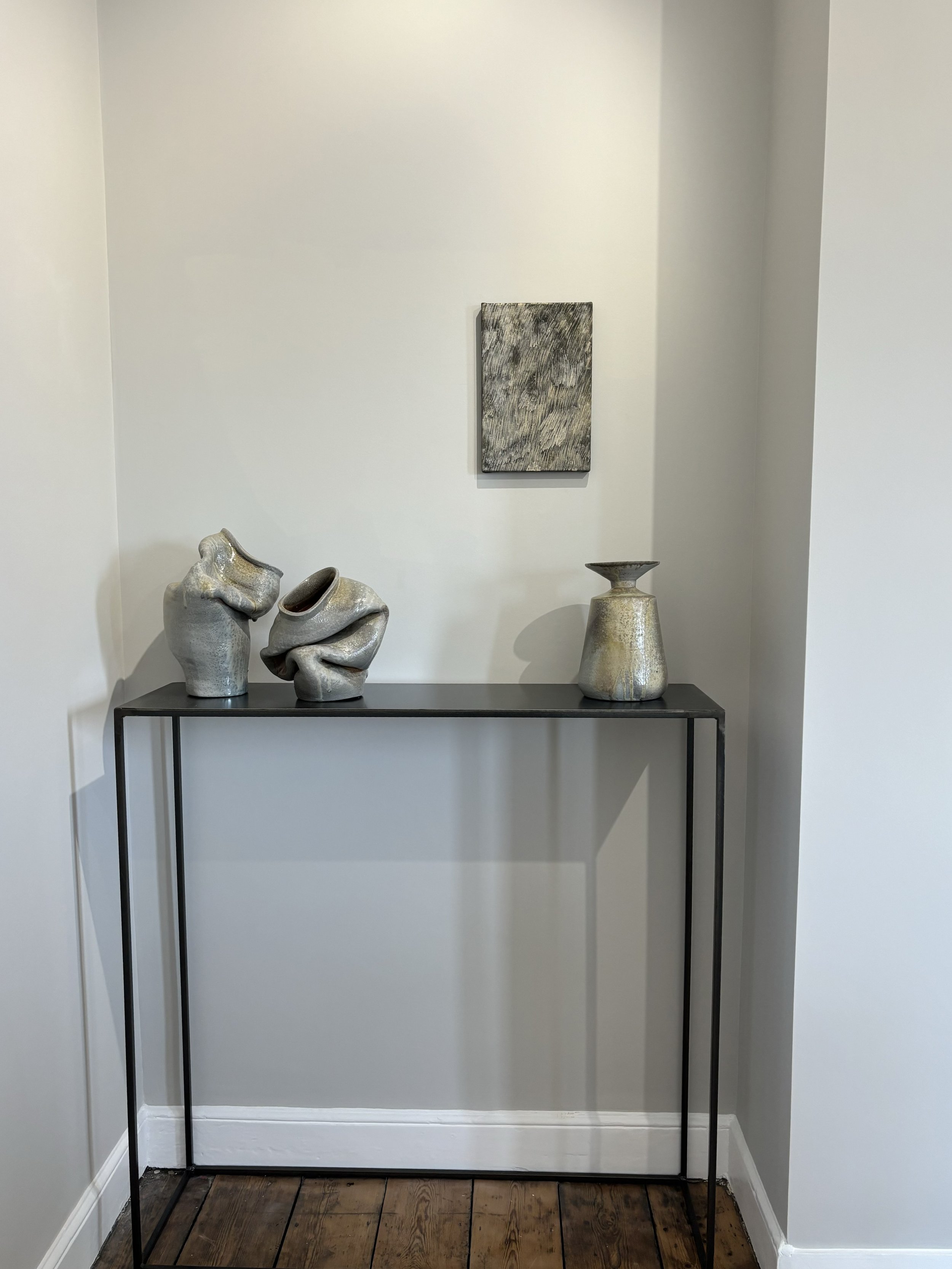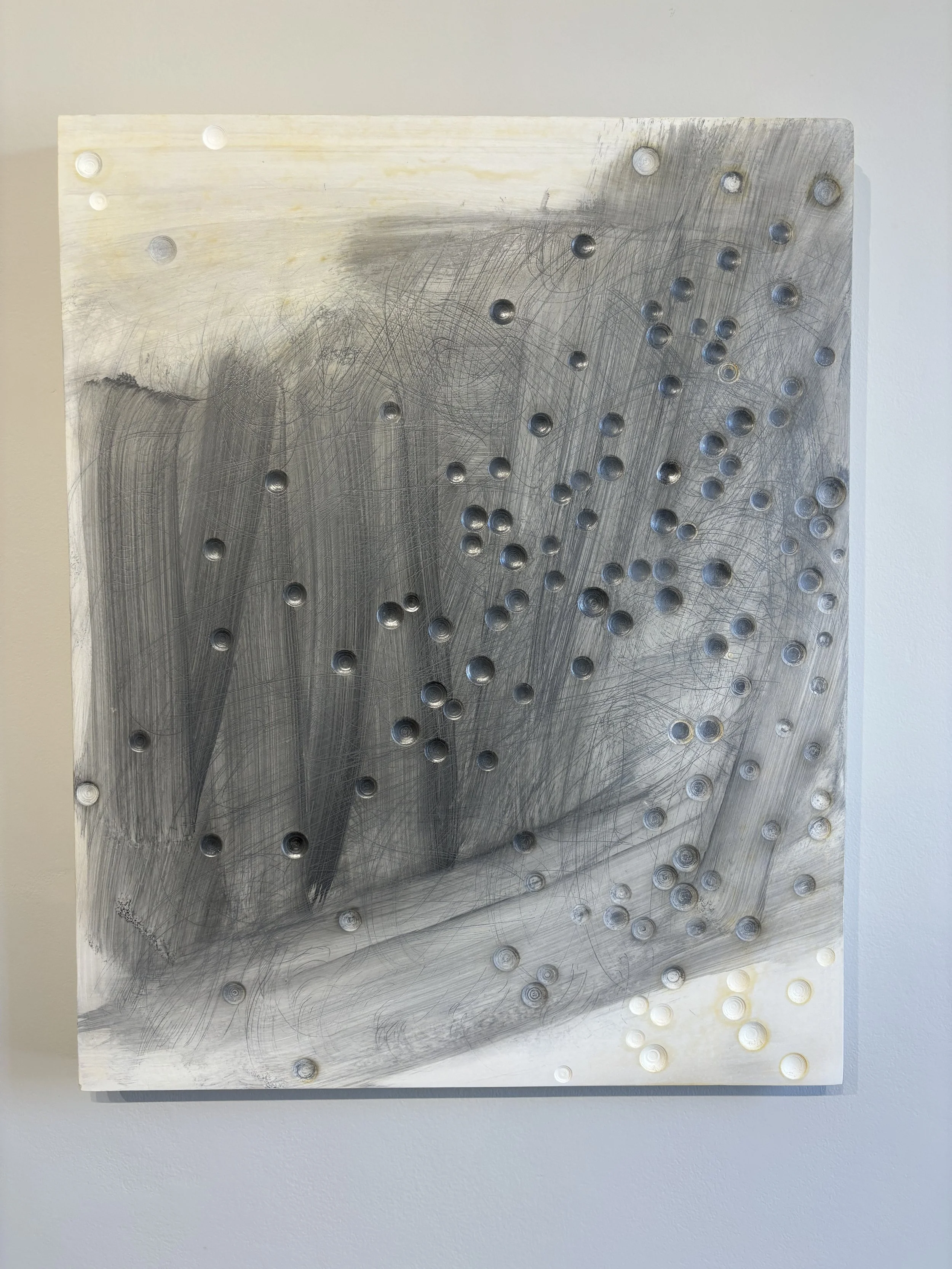‘Material Evidence’
An essay by writer Annie Friedlein to accompany our exhibition ‘Materiality’
“It is when the experience of powerlessness is at its most acute, when history seems at its most bleak, that the determination to think like a human being, creatively, courageously, and complicatedly, matters the most
”
Between 100 to 35 millennia ago, palaeolithic humans made the mineral marks that formed early art. We cannot be sure of the dates, although uranium-series testing is narrowing in, revealing that many are older than we thought.
It is well known that stone-age people experienced an age of pain and risk. They faced not only disease and injury but starvation, as well as exposure to the elements, giving them a life expectancy of no more than 35. But despite these hard conditions, the most creative among them invented visual expression, leaving a range of artworks for those that followed on; pictures and objects of a quality we marvel at.
This happened many millennia before the emergence of writing, meaning that art comprises the first human symbols. These makers had to start from nothing, usually working in places disconnected from each other by geography and time. They had little more than stone and bone, and raw materials foraged from the landscape. They made progress using their own ingenuity and application, leaving us vital evidence of human development.
Their pictures survive in caves or on rock faces all around the world. We believe these were intended to connect communities, and that like all self-expression, they were rooted in hopes and fears. The art draws early humans back to us from the ether, adding to our understanding of ourselves. Unlike later art, the value of theirs is impossible to measure, not just because it is site-specific but because it is close to other-worldly.
Among the most famous examples are the paintings at Altamira, Spain, although even these are only one of 18 sites in northern Spain containing prehistoric artwork. Visitors today enter a life-sized facsimile not far from the real site, and this neo-cave is a semi-sacred experience.
In 270 metres the visitor passes by a series of pictures, marks and engravings made through the Solutrean and Magdalenian periods of 18,000 – 14,000 BCE. Lights glow in dim tunnels revealing stencilled outlines of hand-prints blown delicately in charcoal through tubes of bone. A herd of painted bison with red ochre fur can be seen to roam, sleep, and graze across the ceiling, their limbs bearing the engraving marks the artist applied to form outlines. Further on, on a wall protrusion, are the incisions of a horse’s head and a human mask, with wide, frightened eyes, created with tools of quartzite or sandstone. This gaze is almost level with our own. The past stares back at us, inviting us to look past the marks and to see something more important than the notion of subsistence: that our lives are finite, and that the future might be dwindling in the moment that we occupy it.
The visitor moves on in reverential silence, occupied with the thought of these artists at work, humbled by the skill of their creation in a similar way that we might be when faced with inspiring art of today. Back in the Lower Palaeolithic, humans lived closely, so that their work might be called communal. We can imagine the artists’ breath mingling as they worked looking upwards at the rock, applying layers of pigment with aching arms. The effect of their creations is palimpsestic, artworks multiplying in layers over time, each new artist or artists respecting the work of those who had gone before.
This treasure survived due to a rockfall at the cave mouth 13,000 years ago. It was hidden until 1868, when a hunter called Cubillas stumbled on parts while exploring. He reported it to the landowner, Marcelino de Sautuola, who excavated as much as he could, but the paintings were so accomplished that none of the experts he invited to visit would believe they were authentic, until after his death, with the discovery of French equivalents in 1902.
Belief is a slippery thing. Misunderstandings arise. Mistakes and misjudgements are common, no matter what our advances in understanding. While we might believe that the challenges we face in our world are fewer than those confronted by the palaeolithics, this could be a misguided view. It’s true we have better weapons, houses with insulation, vaccines; have empowered ourselves to make discoveries that arrive fast, accelerated by AI. But are most of us missing the point? If we have our heads buried in a time of ecological crisis, are we making the most dangerous mistake of all?
The artists of Materiality retain optimism and energy in the face of these questions, to make work with a light imprint that challenges the assumption of progress for its own sake. Lisa-Marie Price, Andrew Rogers and Gemma Smale make choices that in some cases reject the art practices of only decades ago to move in a more authentic direction. They look back towards the early makers, in differing ways.
Like their forebears, Materiality artists take stock. They forage, collect, observe, chart, mark, stoke wood-fires, and wait. They encourage us to be slow, and to look at the artwork in ever-changing light – not the fire light of the cave but the shifting of sunshine through a window. Their serene work makes us reflect on what is important in life, re-evaluating the balance of man and nature, and respecting the primacy of the latter in a way we have failed to do. They want us to experience the essence of a thing and perhaps even consider how it resonates with what might or might not be our soul.
We can liken this to the animal that stops while walking through the forest because it has heard a footstep. Other animals observe, and also wait. We too can look to artists to invoke the signs and symbols that the early artists painted, returning to the simple, contemplative and primal, in rejection of compulsive consumption.
Fear serves a purpose. During the prehistoric era, most likely in the lives of the cave artists, there was atmospheric alteration provoked by a natural rise in carbon gases, before the Holocene era began. Temperatures began rising, and glacial sheets melted. Hunting grounds were compromised, reclaimed by freshwater floods and a fast-rising sea. Man and animals were imperilled. Families scattered to higher ground, and lived in smaller communities, and over centuries the land changed forever, and the cave fell empty. The rock above its opening began to crack and rain down across the ceiling that had sheltered people, leaving implements, skins, clay, chalk, food and fire remains, together with the painted and incised bison, deer, horses and other symbols that no-one would see for 13,000 years. Striving was replaced by silence.
That early climate change was an ecological crisis humans did not cause and could not avert; our own is different. But we might conclude that whatever the cause, the incised face on the cave wall held as much fear as our own eyes do now. The later Altamira artists were likely to be experiencing the first signs of change, and their work might have responded to that in ways we can only guess: as offerings to appease natural gods, as celebrations of what was vanishing, as desperate attempts to recall it.
In the words of writer Donna Tartt, from her 2013 novel The Goldfinch, such art, indeed much art including that in Materiality, might be seen to come from a place ‘where despair struck otherness and created something sublime.’ Materiality artists make their own points about contemporary crisis with a considered study of mark-making and manufacture that rejects tired narratives to concentrate on the local, the gentle, and the authentic. But whatever the artists’ response to ecological change in palaeolithic or modern times the link is an emphasis on the preciousness of natural resources, the rejection of commercial influences, and the use of creative skill to help others engage.
The work in Materiality is a subtle visual activism that should leave a lasting mark on those who view it. Makers can model better behaviours. Work in this exhibition respects ecology, recording a new relationship with it. With the help of contemporary artists, we can bid for nature’s protection like the early creators did, working for better outcomes as it begins to fail. It is, as Gemma Smale says, about going back to go forwards. It is, as Lisa-Marie Price explains, about the connection to the earth. Or, as Andrew Rogers puts it, creating a revered surface that respects the best in human traditions.
So if we browse the material evidence from the makers in this exhibition, what do we learn? Lessons in good faith and simplicity, for sure. Donna Tartt’s protagonist Theo Decker bares his soul to the reader in the final pages in a way that helps us understand. ‘I add my own love to the history of people who have loved beautiful things, and looked out for them, and pulled them from the fire … while passing them along literally from hand to hand, singing out brilliantly from the wreck of time to the next generation of lovers, and the next.’
If those Palaeolithic artists had not engraved, or painted, or stencilled the shape of their palms on the rock with a universal love, they would be lost to us, and their lessons too. The desire to connect maker, object, and viewer is almost as long as our understanding of time. That a held artist’s breath might last millennia, that the earth offers us what we need for self-expression, that a roof collapse might destroy some things but protect others. These are close to holy concepts, whatever your faith, or lack of it. Artists alive and dead make the evanescent real. Without them, or other makers, experimenting, using their own blood, urine, and saliva to bind the materials, scraping up eggshell fragments to add to the work, the past would only remain in our imagination.
We can visualise the work being made in the caves those millennia ago with far less effort than was involved in producing it. There was the burning of wood, the grinding of pigments or the storing of fluids to bind the chalks and clays, the scratching of lines in rock to mark a story; we know that the forebears of the Materiality artists were engaging in practices that Lisa-Marie Price, Andrew Roberts and Gemma Smale use today. We know that all the ancient artworks, as well as those in the exhibition, are what artist Antony Gormley describes as ‘secular prayers of hope’, and in that, at least, little has changed for over 35,000 years.
Annie Friedlein
